#Cherchell
Text
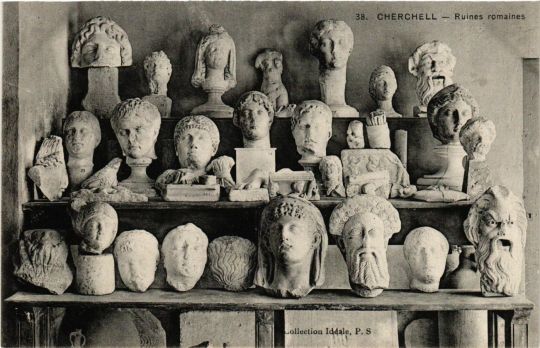
Roman fragments from Cherchell, Algeria
French vintage postcard
#historic#photo#briefkaart#vintage#sepia#fragments#algeria#photography#carte postale#cherchell#postcard#postkarte#postal#tarjeta#ansichtskarte#french#old#ephemera#postkaart#roman
12 notes
·
View notes
Photo

Mira "Place principale de Cherchell au petit matin" de Bruno Malfondet que me gustó en flickr
#flickr#cherchell#tipaza#islam#mediterranean#destination#tipasa#islamic#culture#unesco#algerie#tourism#north#maghreb#africa#algerian#muslim#arabic#coast#arab#algeria
0 notes
Text
LOTD: Cherchell
Note: I don’t know what happened with my queue that I set up while I was on vacation recently. My post that was supposed to post on June 21st queued instead of posting that morning, and it queued for the next day. All of my posts after that are a day off according to my little calendar thing I have going, but with posting all of the ones I never got to last week and the start of this week, it should catch up
~sorry for delay - actually meant for July 3rd~
(from: http://www.ibiblio.org/lighthouse/dza.htm)
Cherchell (Fort Joinville)
1855. Active; focal plane 37 m (121 ft); three white flashes, in a 2+1 pattern, every 15 s. 26 m (85 ft) round stone tower with lantern and gallery. Long unpainted, the lighthouse has been painted white in recent years; lantern painted black. A. Nasser Hakem's photo appears at the top of the page, Amine Lido has a 2021 photo, Wikimedia has several photos, a panoramic view is available, Habib Kaki also has a wide view, and Google has a satellite view. Cherchell is a small port about 90 km (55 mi) west of Algiers. It has an illustrious history dating back to an Egyptian settlement dating to about 1500 BC; in Roman times it was known as Caesarea and served as the capital of the Roman kingdom of Mauretania. The lighthouse is inside the walls of Fort Joinville, built by the French on an island sheltering the harbor. The island is connected to land by a breakwater. Site status unknown. ARLHS ALG-019; Admiralty E6636; NGA 22468.

(full photo found here; ©Amine Lido)
0 notes
Photo

#خرجة #قعدة_جزائرية #cherchell #buddies #campfire #bbq #wilde #picoftheday #pic get yourself to the #next_level https://www.instagram.com/p/CqEmmxAICqVW4AkikvkVk-GjUgkmCad3rWAClQ0/?igshid=NGJjMDIxMWI=
0 notes
Photo

Mosaic of the Three Graces. Roman, c. 1st century AD. Archaeological Museum of Cherchell, Algeria.
424 notes
·
View notes
Text
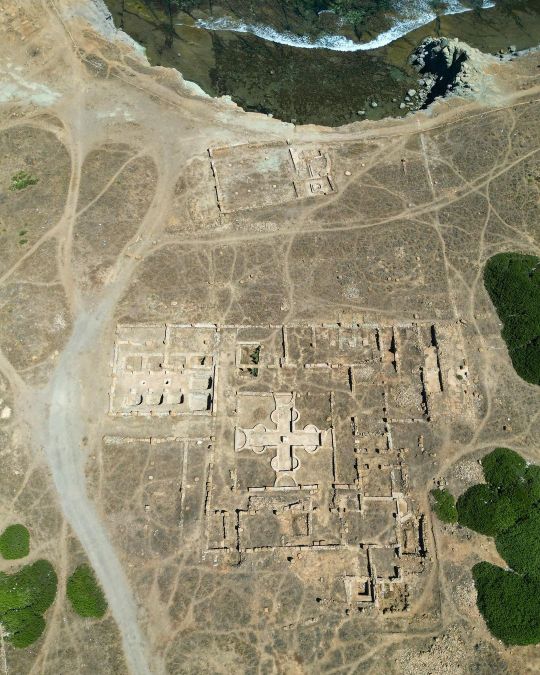

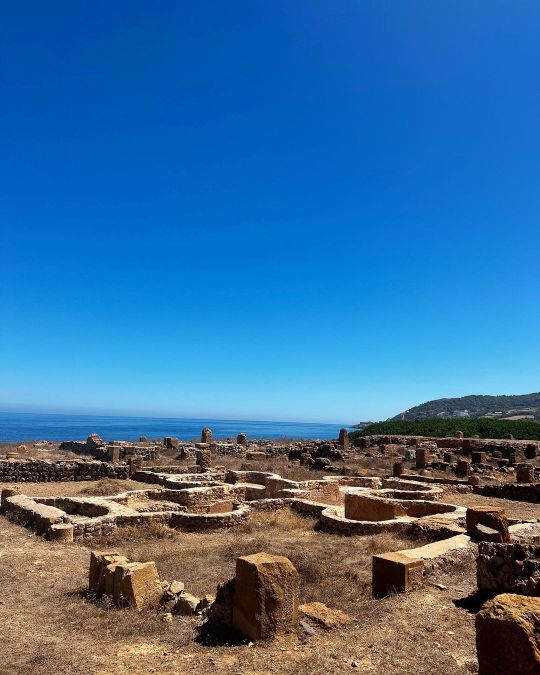

Les ruines romaines, El Hamdania, Cherchell - Tipaza, Algérie ❤️🇩🇿
18 notes
·
View notes
Text
“The queen (Cleopatra Selene II) and Juba arrived in Mauretania at the end of 25 BC, taking up residence at a place called Iol, on the coast (modern Cherchel in Algeria). It was originally a Carthaginian outpost that had been developed as a Mauretanian royal city in the second century BC. Its location probably had much to do with the presence of an island immediately offshore (the modern Corniche des Dahra) that provided a certain amount of shelter on a coast otherwise lacking it; except for this, the site of Iol is hardly propitious, with virtually no coastal plain and mountains rising high behind the city. Iol was probably in decline when the new monarchs arrived, and they chose to live there presumably because it lay roughly midway along the lengthy Mediterranean coast of Mauretania. In the emerging fashion of the era, Iol was renamed Kaisareia, or Caesarea, honoring Augustus; cities with such names were founded by allied monarchs during much of the last quarter of the first century BC.
“... Decayed Iol was rebuilt lavishly, with all kinds of marble used in constructing the royal city, including Italian, Greek, and African. How much Cleopatra Selene participated in this architectural transformation is not known—the city did include a temple to Isis, her mother’s alter ego—but her efforts are most apparent in the artistic program of the kingdom. As the exiled queen of Egypt, she took care to commemorate her heritage. She would have felt devoted to her mother’s legacy: at the time that she became queen, the demonization of Cleopatra VII was being vigorously asserted in contemporary Latin literature, and Cleopatra Selene would have taken no comfort in reading that her mother was merely the cowardly Egyptian mate of Antonius or that her death caused great rejoicing. As her only living descendant, she had not only the chance but the obligation to set the record straight by commemorating her mother at her new capital, especially through portrait sculpture.
“It may seem that she took a personal risk in promoting her mother’s heritage so vigorously, given the official opinion in Rome, but this suggests that the attitude toward Cleopatra VII was far more nuanced than is generally believed today, and the official point of view—mostly vividly represented in Augustan poetry—was essentially government propaganda. Moreover, Cleopatra Selene was a daughter of Antonius, whose other living descendants were still quite active in the political life of Rome. Her status—as well as the memory of her mother—is well shown on her coinage; a series of autonomous issues (without the name of her husband) having the legend “Kleopatra basilissa” demonstrates royal privileges separate from his. Some of these coins have the Nile crocodile, a reminder not only of Egypt but also of the coins issued in the 30s BC when she was named queen of the Cyrenaica. Juba also had his autonomous coins, indicating that the two monarchs acted independently of one another in certain undefined ways. There was also joint coinage, but even here the distinction between the two is apparent, since Juba’s legend is always in Latin while Cleopatra Selene’s is in Greek—emphasizing the bilingual nature of the court—and the two monarchs appear on opposite sides of the coins, never together. In at least one case, Cleopatra is identified merely as “Selene,” a memory of the role that she was destined to play before the collapse of the Ptolemaic dynasty. Most significantly, she also issued coins with the legend “queen Cleopatra, daughter of Cleopatra,” strong evidence of her devotion to her mother’s memory.
“Cleopatra Selene’s emphasis on her Ptolemaic heritage was also apparent in the sculptural program at Caesarea. In addition to the expected portraiture of herself and her mother, there was an elaborate display of historical Egyptian sculpture, from as far back as the time of Tuthmosis I (reigned ca. 1504-1492 bc). There was also a statue of the Egyptian god Ammon, and he and Isis appeared on the obverse and reverse of the joint coinage, suggesting divine roles for the monarchs.
Perhaps the most interesting sculpture at Caesarea is a statue of the Egyptian priest Petubastes IV, who died (according to the inscription) 31 July 30 BC at the age of sixteen. He was perhaps a cousin of Cleopatra Selene and, as a member of the priestly aristocracy, would have been the last indigenous claimant to the Egyptian throne. There is little doubt that he and Cleopatra Selene knew each other in Alexandria, and the setting up of his statue in Caesarea is the most tangible evidence of her memory of that last summer in Egypt. As much as possible, she sought both to establish herself as the last Ptolemaic queen and to create a new Alexandria at Caesarea, bringing Egyptian material culture from more than fifteen hundred miles away.”
- Duane W. Roller, “Cleopatra’s Daughter and Other Royal Women of the Augustan Era”
24 notes
·
View notes
Text
On the descent of Cleopatra VII
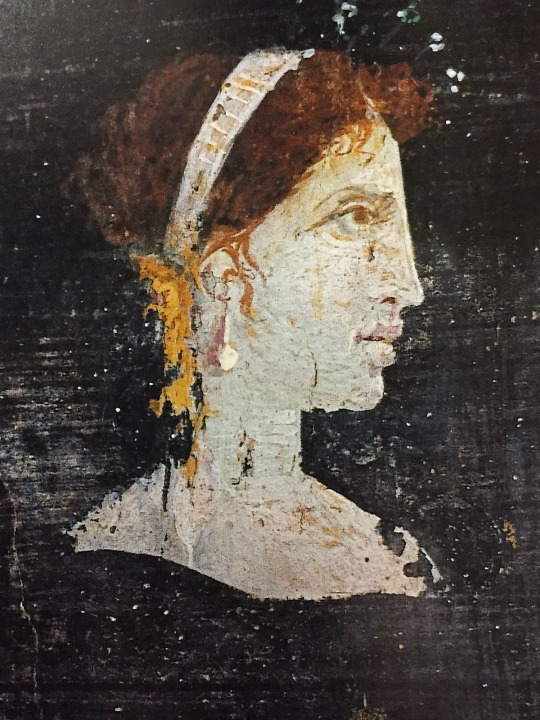
(Posthumous painted portrait of Cleopatra VII of Egypt, from Herculaneum, Italy)
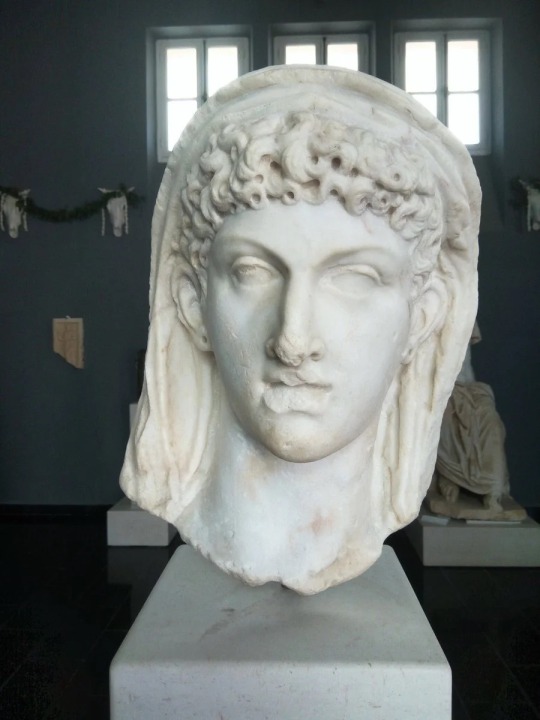
(An ancient Roman bust of Cleopatra VII of Ptolemaic Egypt, from the Archaeological Museum of Cherchel, Algeria)

(Limestone Head of a Woman Resembling Cleopatra VII
Roman, about 50-30 BC
Acquired in Italy
The British Museum, Located in Room 70: Roman Empire)
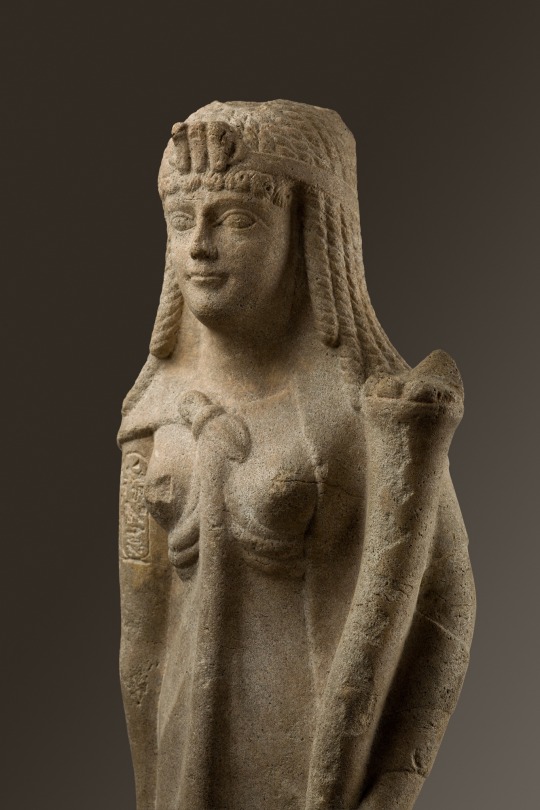
(Statue of a Ptolemaic Queen, perhaps Cleopatra VII
Ptolemaic Period
200–30 B.C.
On view at The Met Fifth Avenue in Gallery 134)
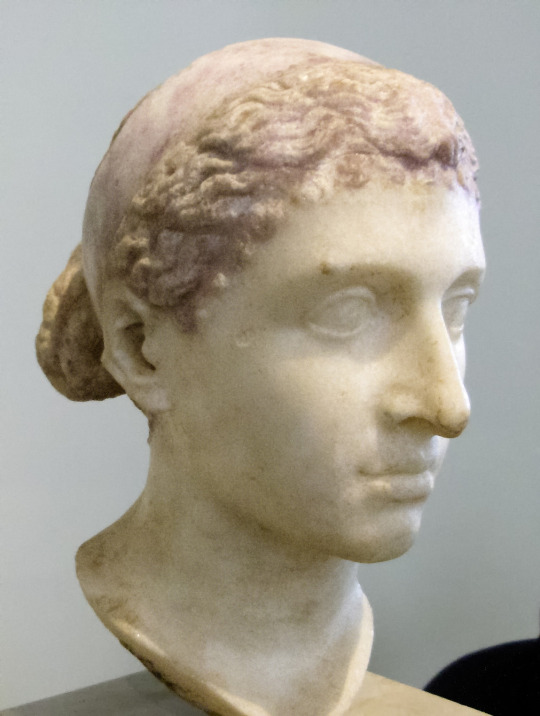
(The Berlin Cleopatra, a Roman sculpture of Cleopatra wearing a royal diadem, mid-1st century BC (around the time of her visits to Rome in 46–44 BC), discovered in an Italian villa along the Via Appia and now located in the Altes Museum in Germany.)
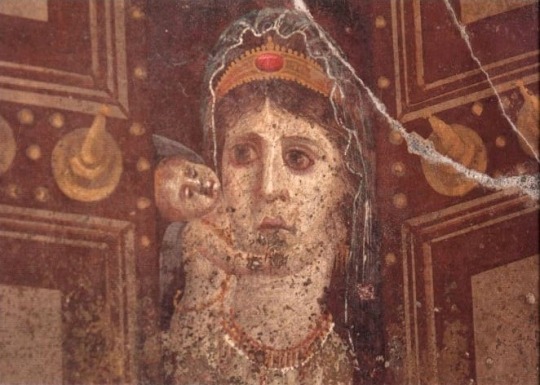
(This mid-1st Century BCE mural portrays a statue of Venus and the infant Cupid in the Temple of Venus Genitrix, Rome. The statue has been identified as the infamous gilded statue of Cleopatra VII as Venus that Julius Caesar unveiled during the temple's dedication in 46 BCE)
“The Ptolemaic Dynasty controlled Egypt for almost three centuries (305 – 30 BCE), eventually falling to the Romans. Oddly, while they ruled Egypt, they never became Egyptian. Instead, they isolated themselves in the capital city of Alexandria, a city envisioned by Alexander the Great. The city was Greek both in language and practice. There were no marriages with outsiders; brother married sister or uncle married niece. The last Ptolemaic queen, Cleopatra VII (l. c. 69-30 BCE), remained Macedonian but spoke Egyptian as well as other languages. Except for the first two Ptolemaic pharaohs, Ptolemy I and his son Ptolemy II, most of the family was fairly inept and, in the end, only maintained authority with the assistance of Rome.
A Greek Family of Egyptian Pharaohs
One of the unique and often misunderstood aspects of the Ptolemaic dynasty is how and why it never became Egyptian. The Ptolemys coexisted as both Egyptian pharaohs as well as Greek monarchs. In every respect they remained completely Greek, both in their language and traditions. This unique characteristic was maintained through intermarriage; most often these marriages were either between brother and sister or even uncle and niece. This inbreeding was intended to stabilize the family; wealth and power were consolidated.”
( from https://www.worldhistory.org/Ptolemaic_Dynasty/ )
#the descent of cleopatra vii#cleopatra vii#history lesson#cleopatra vii lineage#cleopatra#cleopatra vii ancestry#ptolemaic dynasty#egyptian history
16 notes
·
View notes
Photo
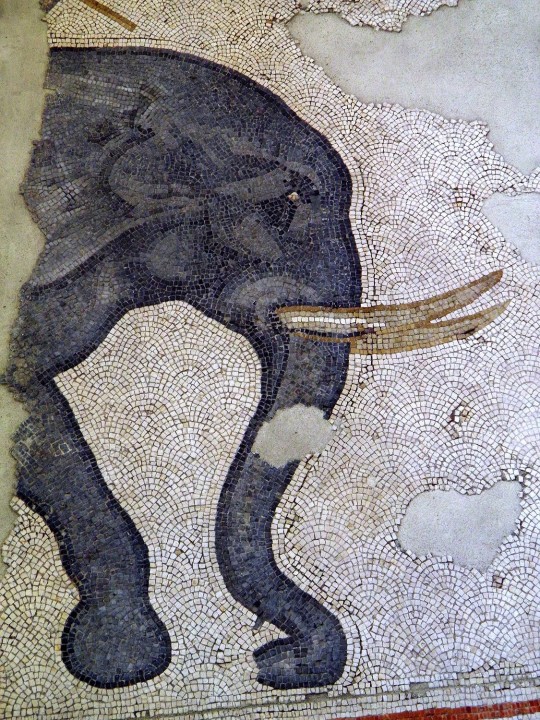
L'Afrique du Nord à l'Époque Classique
Les commerçants phéniciens arrivèrent sur la côte nord-africaine vers 900 av. J.-C. et fondèrent Carthage (Tunisie actuelle) vers 800 av. J.-C. Au 6ème siècle av. J.-C., il existait une présence phénicienne à Tipaza (à l'est de Cherchell, Algérie). Depuis leur principal centre de pouvoir à Carthage, les Carthaginois s’étendirent et établirent de petites colonies (emporia, en grec) le long de la côte nord-africaine; ces colonies servirent finalement de comptoirs ainsi que de mouillages. Hippo Regius (Hippone, aujourd'hui Annaba) et Rusicade (Skikda moderne) font partie des villes d'origine carthaginoise sur la côte de l'Algérie actuelle.
Lire la suite...
3 notes
·
View notes
Text

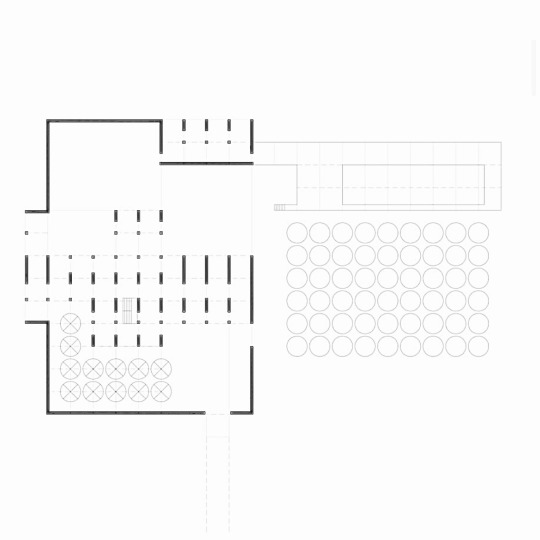

Le Corbusier, Résidence Peyrissac, domaine agricole, Cherchell, Algeria, 1942
(via Francis D.K. Ching, Architecture Form, Space and Order)
3 notes
·
View notes
Text
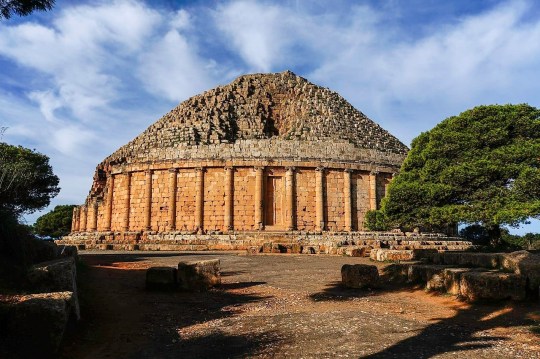
El Mausoleo Real de Mauritania es un monumento funerario situado en la carretera entre Cherchell y Argel, en la provincia de Tipaza (Argelia). El mausoleo es la tumba donde supuestamente fueron enterrados el rey bereber númida Juba II, hijo de Juba I de Numidia y la reina Cleopatra Selene II, soberanos de Numidia y Mauretania Caesariensis.
5 notes
·
View notes
Text
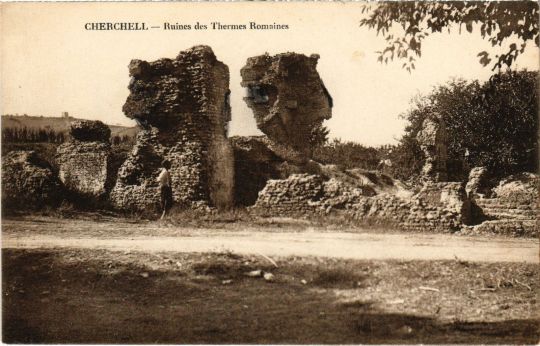
Ruins of the Roman Baths in Cherchell, Algeria
French vintage postcard
#tarjeta#cherchell#postkaart#sepia#roman#ruins#historic#photo#postal#briefkaart#photography#vintage#ephemera#algeria#ansichtskarte#old#postcard#french#baths#postkarte#carte postale
4 notes
·
View notes
Text
Tipaza Algerie

Située sur la côte méditerranéenne de l'Algérie, la ville de Tipaza est un véritable trésor historique et touristique. Avec ses ruines romaines fascinantes, son héritage culturel riche et ses paysages naturels époustouflants, cette destination attire des voyageurs du monde entier. Dans cet article, nous plongerons dans l'histoire et le charme de Tipaza, en mettant en lumière les magnifiques ruines romaines, l'origine de ses habitants, les frontières de la wilaya de Tipaza, son emplacement géographique, ainsi que l'attrait touristique qu'elle représente. Alors, embarquez pour un voyage à travers cette perle méditerranéenne !
Les ruines romaines de Tipaza
Tipaza est célèbre pour ses ruines romaines bien préservées, qui constituent une partie essentielle de son patrimoine historique. Ces vestiges témoignent de l'ancienne ville romaine de Tipasa, fondée au 1er siècle avant notre ère par les Phéniciens et plus tard conquise par les Romains. Les ruines comprennent des théâtres, des temples, des thermes, des villas et des nécropoles. Chaque coin de rue évoque un sentiment d'émerveillement et vous transporte dans le temps. L'architecture romaine remarquable de Tipaza est un vrai régal pour les amateurs d'histoire et les passionnés de civilisations anciennes.
Le charme naturel de Tipaza
Outre son patrimoine historique, Tipaza offre également des paysages naturels à couper le souffle. Baignée par les eaux bleues de la Méditerranée, la ville offre de magnifiques plages de sable fin, idéales pour se détendre et se ressourcer. Les falaises escarpées ajoutent une touche dramatique à la beauté côtière de Tipaza. Les amateurs de plein air seront ravis de découvrir la région montagneuse environnante, qui offre de superbes sentiers de randonnée, permettant d'explorer la richesse de la biodiversité locale. La réserve naturelle de la Vallée des gazelles, située à proximité, est un véritable joyau écologique qui mérite une visite.
L'origine des habitants de Tipaza
L'histoire de Tipaza ne se limite pas seulement à ses vestiges romains, mais remonte bien avant cette période. Les origines de ses habitants sont diverses et anciennes. Avant l'arrivée des Phéniciens, la région était habitée par des tribus berbères. Ces populations autochtones ont contribué à la formation de l'identité culturelle de Tipaza, qui s'est enrichie au fil des siècles grâce aux interactions avec différentes civilisations, notamment romaine, vandale, byzantine, arabe et ottomane.
Les attraits touristiques de la ville de Tipaza
En tant que destination touristique majeure en Algérie, la ville de Tipaza propose une multitude d'activités et de sites à découvrir. Outre les ruines romaines, les visiteurs peuvent se promener dans la médina, qui offre un aperçu de la vie quotidienne des habitants et dévoile des ruelles pittoresques aux maisons blanchies à la chaux. Les marchés locaux sont un endroit idéal pour acheter des souvenirs artisanaux, tels que des poteries traditionnelles et des tapis berbères magnifiquement tissés.
Pour les passionnés d'histoire, le Musée de Tipaza expose une collection fascinante d'objets archéologiques trouvés dans la région, permettant aux visiteurs de mieux comprendre le passé riche et complexe de la ville. La mosquée de la ville, construite au Xe siècle, est un exemple impressionnant de l'architecture islamique ancienne et vaut également le détour.
Les frontières de la wilaya de Tipaza
La wilaya de Tipaza, en plus de la ville éponyme, englobe plusieurs autres villes et communes qui valent le détour. Cherchell, par exemple, est une autre ville historique renommée pour ses ruines romaines, dont certaines rivalisent avec celles de Tipaza en termes de grandeur et de préservation. La région est également réputée pour ses stations balnéaires populaires, telles que Douaouda et Sidi Amar, qui attirent les visiteurs avec leurs plages immaculées et leurs eaux turquoise.
L'emplacement stratégique de Tipaza
Située à seulement 70 kilomètres à l'ouest d'Alger, la capitale de l'Algérie, Tipaza bénéficie d'un emplacement stratégique qui facilite l'accès aux voyageurs venant de différentes régions du pays. Sa proximité avec Alger en fait une destination de choix pour une excursion d'une journée ou un week-end prolongé.
En conclusion
Tipaza est bien plus qu'une simple destination touristique, c'est un voyage à travers le temps et l'espace. La combinaison de son patrimoine romain fascinant, de sa nature pittoresque et de l'hospitalité chaleureuse de ses habitants en fait une ville incontournable pour tout voyageur en quête d'expériences uniques. Que vous soyez passionné d'histoire, amateur de culture ou amoureux de la nature, Tipaza vous promet un séjour mémorable, où les merveilles romaines et la beauté naturelle se marient harmonieusement. Alors, embarquez pour cette aventure inoubliable et laissez-vous envoûter par le charme envoûtant de Tipaza, un trésor préservé de l'Algérie.
0 notes
Text
LOTD: Grand Hammam
(from: http://www.ibiblio.org/lighthouse/dza.htm)
Grand Hammam (Hamman)
Date unknown. Active; focal plane 13 m (43 ft); quick-flashing white light. 12 m (39 ft) solid white concrete pillar. The light is atop an old acetylene cylinder at the peak of the tower. Mohand Mouhou has a photo and Google has a satellite view. Located on a rocky reef just outside Cherchell harbor. Accessible only by boat. Site status unknown. Admiralty E6637; NGA 22484.

(full photo found here; ©Mohand Mouhou)
0 notes
Photo

#budies #guy #guys #bro #After #djoumou3a_moubaraka #pic #picoftheday #cherchell https://www.instagram.com/p/CiAh2PgMUS3/?igshid=NGJjMDIxMWI=
0 notes
Text
1 note
·
View note